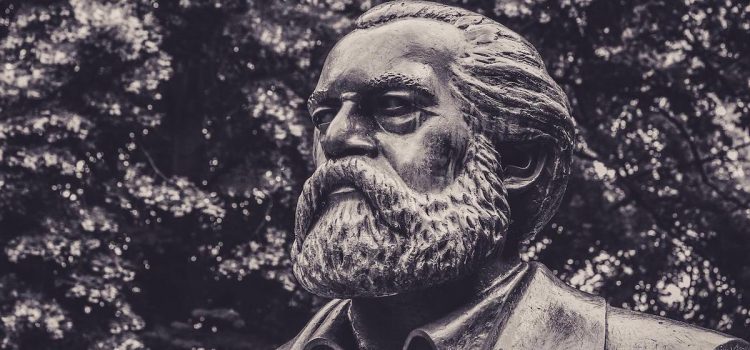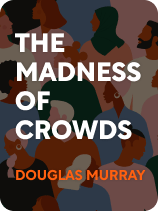

This article is an excerpt from the Shortform book guide to "The Madness of Crowds" by Douglas Murray. Shortform has the world's best summaries and analyses of books you should be reading.
Like this article? Sign up for a free trial here.
What’s cultural Marxism? How is it different from traditional Marxism? Is it an actual threat to society?
Douglas Murray believes that a new ideology of wokeism, intersectionality, and identity politics has gained a foothold in mainstream society and that it’s causing great harm. One of the culprits he points to is the influence of leftist academic ideas such as Marxism.
Keep reading to learn Murray’s perspective on Marxism in today’s society.
Marxism in Today’s Society
Murray believes that leftist academia, particularly Marxism, influenced the rise of the New Ideology. Before we get into Marxism in today’s society, let’s do a quick review of the history of Marxism as an economic ideology. Marxism, developed by Karl Marx, argues that economics, particularly the control of resources, is the major driving force behind how human society functions (and has always functioned). This drives the development of a social structure in which one class dominates most of the resources and uses the labor of the less powerful classes to cement its power.
Marx thought that capitalism—wealthy industrialists owning most businesses and exploiting the labor of manual, hourly workers (also called the Proletariat or working class)—would be the final stage of this abusive pattern of history. Eventually, the oppressed working class would rise up against the dominant one, ending abuse, inequality, poverty, and corruption.
(Shortform note: Marx described multiple stages of history. Initially, the oppressed class is composed of enslaved people ruled by an aristocratic class. In the next stage, which Marx most closely associated with the Medieval period, that oppressed class transforms into serfs bound to a piece of land and serving feudal lords. Society then progresses to the capitalist era mentioned above. Ultimately, wage laborers revolt to trigger the next era: a socialist world in which the working classes, not the upper classes, control resources and the means of economic production. Eventually, communism would develop, this being the final and permanent stage. Given his model of history, Marx can therefore be considered a teleological thinker—believing all existence progresses towards a specific goal or endpoint.)
While traditional Marxism believes in the need to free working-class laborers from economic oppression, Murray thinks the New Ideology promotes a slightly different brand of cultural Marxism—one that prioritizes the freeing of minorities from social oppression instead. Further, rather than evenly redistributing economic resources across all walks of life as traditional Marxism desires, the New Ideology wants to redistribute social and political influence. It provides activists with the tools to achieve this through the three pillars of intersectionality, identity politics, and wokeness.
(Shortform note: American author and conservative political commentator Mark Levin agrees that cultural Marxism exists in the United States, driven by social justice movements obsessed with righting apparent oppression in society. In American Marxism, Levin argues that eventually, cultural Marxism will lead to a totalitarian regime in which American values like freedom of speech, free-market capitalism, and private property rights are nonexistent. He offers several strategies for preventing this future—for instance, lobbying lawmakers to punish Marxist rioters more severely, boycotting companies influenced by cultural Marxism, and teaching children about the merits of current American society.)

———End of Preview———
Like what you just read? Read the rest of the world's best book summary and analysis of Douglas Murray's "The Madness of Crowds" at Shortform.
Here's what you'll find in our full The Madness of Crowds summary:
- That Western society is consumed by social justice and identity politics
- Why we must combat this ideology and restore opportunities for disagreement
- How conservative viewpoints are being silenced and possible remedies






